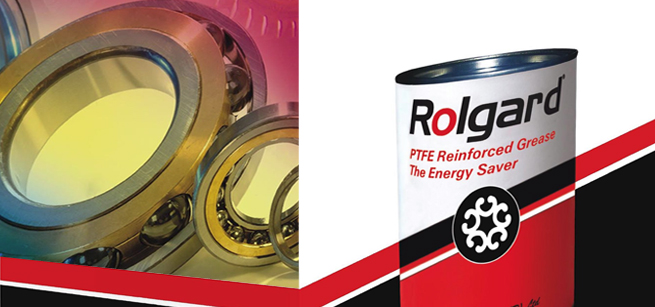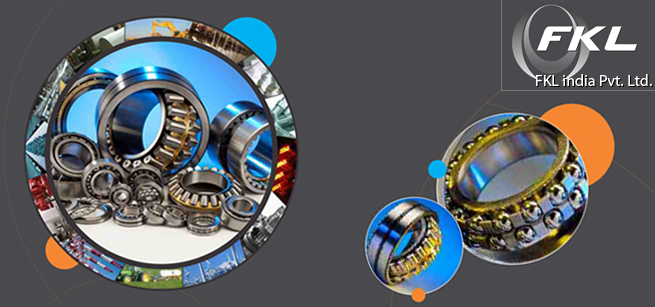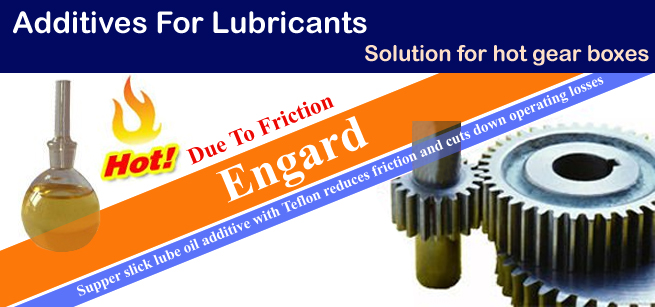Spares for mechanical seals
Features of our Mechanical Seal Spare Parts
- Our mechanical seal spare parts are developed using latest technology support for smooth flawless performance
- Our mechanical seal spare parts have a long service life
- The customer’s drawings or samples are welcomed. We can do your personalized mechanical seal spare parts with special departments.
- Find lower costs of our mechanical seal spare parts.
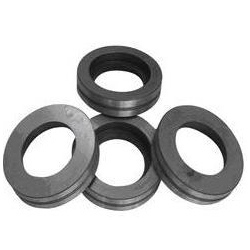
Seal Spare Parts Sealing Rings
The seal ring is a ring seal with the notch, it is placed in the ring groove of the sleeve, the sleeve rotates together with the shaft, and the sealing ring is elastically attached to the inner hole wall of the stationary part when it is pressed, so it can play a sealing role. Each contact surface needs to be hardened and polished. The seal ring is made of chromium wear resistant cast iron, which can be used for sliding speed less than 100m/s. If the slip speed is 60~80m/s, tin ring bronze can also be used to make the sealing ring.

Seal Spare Parts Spring
The purpose of the springs is to hold the seal shut when the pump is stopped. In the case of the many less expensive seal the spring is also used to drive the rotating head of the seal. When the pump is running the pressure in the seal chamber, being higher than the outside pressure, acts upon the seal surfaces to increase the closing force. Higher closing force means that any lubricating effect between the seal faces is marginalized leading to higher friction, more heat generation, and increased wear. Seal design can mitigate this increase in closing force. The design of a balanced seal incorporates surfaces to reduce the load imposed on the seal by the chamber pressure. By this means a manufacturer can reduce the pressure on the seal faces and produce the longer life of the seal.
Characteristics of Seal Spare Parts Spring
- In the two states of oxidation and reduction of the atmosphere, it has excellent corrosion resistance to most corrosive media.
- Excellent resistance to pitting, crevice corrosion and stress cracking corrosion.
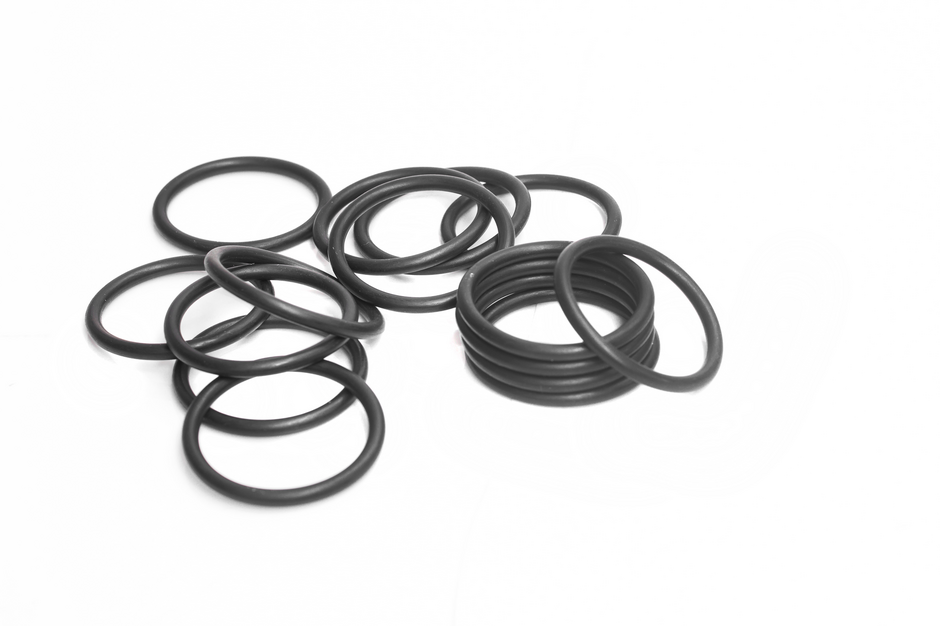
Seal Spare Parts O-ring
O-rings are one of the most frequently used products in sealing applications. O-rings are relatively inexpensive and reliable. Applications range from garden hose couplings to critical aerospace or chemical plant duties. O-rings come in many styles and shapes. The material required depends on temperature, pressure, chemical, and other environmental factors. Materials such as EPDM, Nitrile, Buna-N, Viton, FFKM are the most common materials that we supply.
We supply all standard types of materials in a range of Shore Hardnesses and colours. In addition to standard imperial and metric sizes, Sealcon also supply a wide variety of non-standard sizes
Application :
O-ring is mainly used in fluid static application (For example, water, oil, air, chemicals solvent, chemicals, etc. ) . The temperature range is from -60 ℃ up to 220 ℃. The pressure in static application should be less than 20MPa, which varies with different materials. Sometimes O-ring is used in dynamic application with the pressure less than 5MPa and also used in semi-conductor vacuum seal.
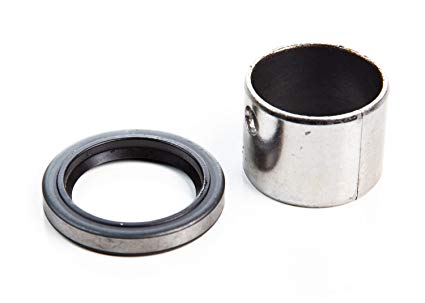
Seal Spare Parts Sleeve
In most pumps, the portion of the shaft that is under the sealing arrangement is covered with a shaft sleeve. The shaft sleeve is a sleeve of metal, usually bronze or stainless steel, that is designed to either slide or thread onto the shaft. It acts as a shield for the shaft assembly in pumps and compressors. The shaft sleeve is mounted over a shaft and shaft assembly to protect it in a corrosive environment.
Shaft sleeves are commonly found in single stage pumps. The pump shaft usually offers protection from corrosion and erosion.
Function
The basic function of a shaft sleeve is to protect the shaft from packing wear at the stuffing box. Shaft sleeves help protect the running surface of the shaft seal or the surfaces in contact from damage or abrasive wear. The hardness of the material used to construct the shaft must be sufficient; otherwise, it may cause a shaft sleeve to fail.






